Dear Friends and Neighbors,
Happy spring to you, and welcome to the fifth edition of Field Notes, American Prairie’s local newsletter. This twice-yearly collection of updates and stories from the field is beginning to feel like a tradition, and I have really appreciated hearing input and feedback from you along the way about what we share in these pages. Please don’t hesitate to keep those ideas coming!
In this issue, you’ll find some real gems from our staff: an update on our bison numbers plus facts about how these animals are so well-adapted to the winter; how we partner with Aaniiih Nakoda Tours to teach traditional Native games at the Field School; a staff spotlight; and a preview of 2024 programming at the National Discovery Center!
If you’re our neighbor, we hope the spring brings you green grass, good weather, and open roads. And if you’re a more distant neighbor, we hope this newsletter brings a little bit of the prairie to you, wherever you are. Finally, if you’re coming from out of town to visit, don’t hesitate to stop by and see us at 302 W. Main Street, or give our team a shout to help you plan a visit or to answer any questions about our work.
Stay well, play well, and be in touch,
Corrie Williamson
Senior Outreach Manager
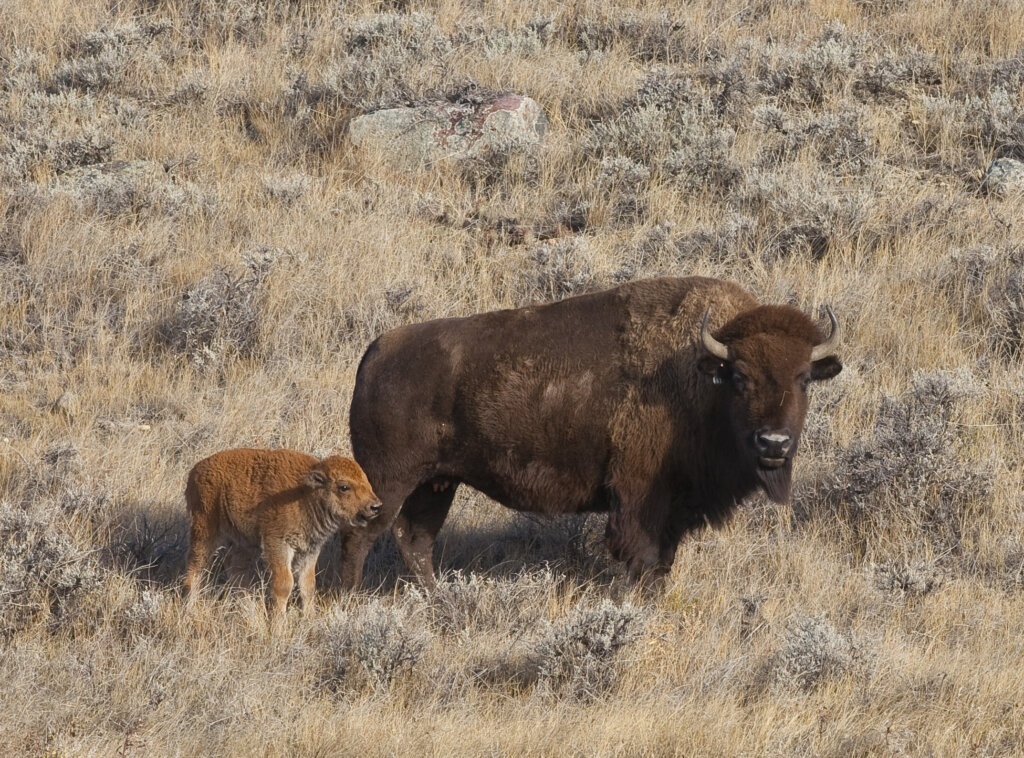
Bison Update
Checking in on the Herds
American Prairie’s bison herds are doing well, and total 909 bison, the most we’ve ever had. They were well adapted for Montana’s huge temperature swings this past winter. Within a twenty-day period in January, temperatures in the bison pastures ranged from -43 degrees to 50 degrees! During the winter, bison slow their metabolism by as much as 18%, and put on a coat of fur that averages around 13,000 hairs per square inch. This allows them to eat less, and conserves valuable energy during the coldest time of the year.
This winter American Prairie captured and handled 330 bison from our Sun Prairie herd to conduct routine health assessments and disease sampling, collect genetic samples, place GPS tags and ear tags to identify and track bison, and sort and distribute bison to tribal herds. In total, we distributed 107 bison to five tribal herds in Washington, South Dakota, and Montana. Twenty-four GPS ear tags were placed to track and research the herd, and fifty bison were screened for diseases. All bison were deemed healthy by a local veterinarian, and no diseases of concern were found.
Looking towards spring, the Bison Team (keep reading for a feature on Bison Team member Henry Hvizdos!) will be busy maintaining fences, monitoring the herds, and getting ready for new projects, including expanding the White Rock herd’s pasture by 9,000 acres, which will involve improving or replacing 15 miles of fence. Finally, we estimate approximately 170 calves will be born this spring. Early May through June is a great time to see the young calves with their copper coats!
Scott Heidebrink
Director of Bison Restoration
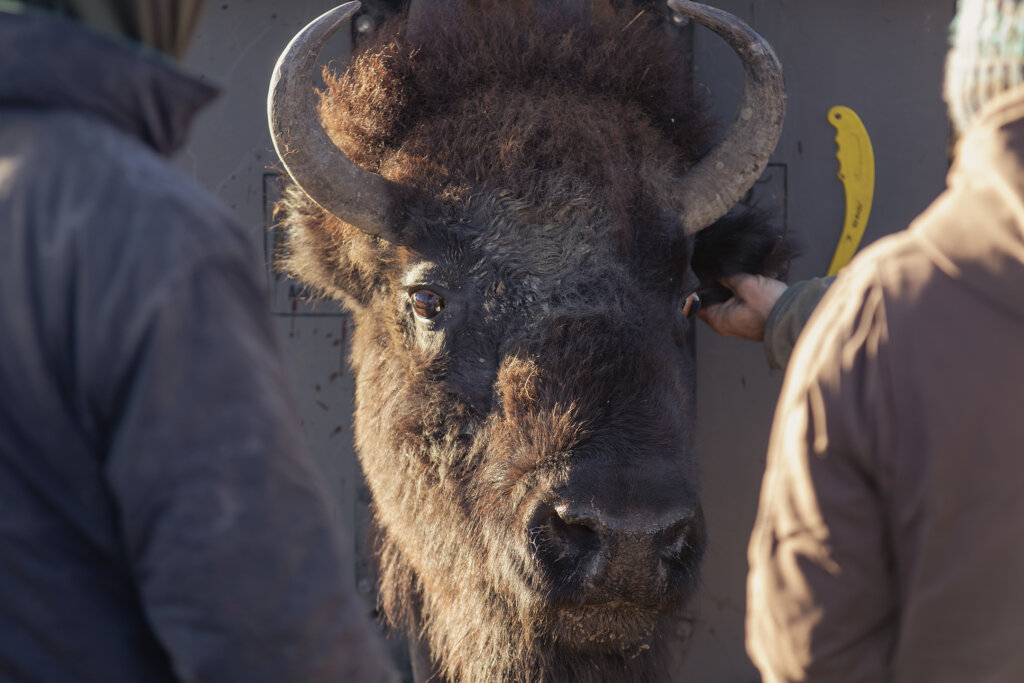
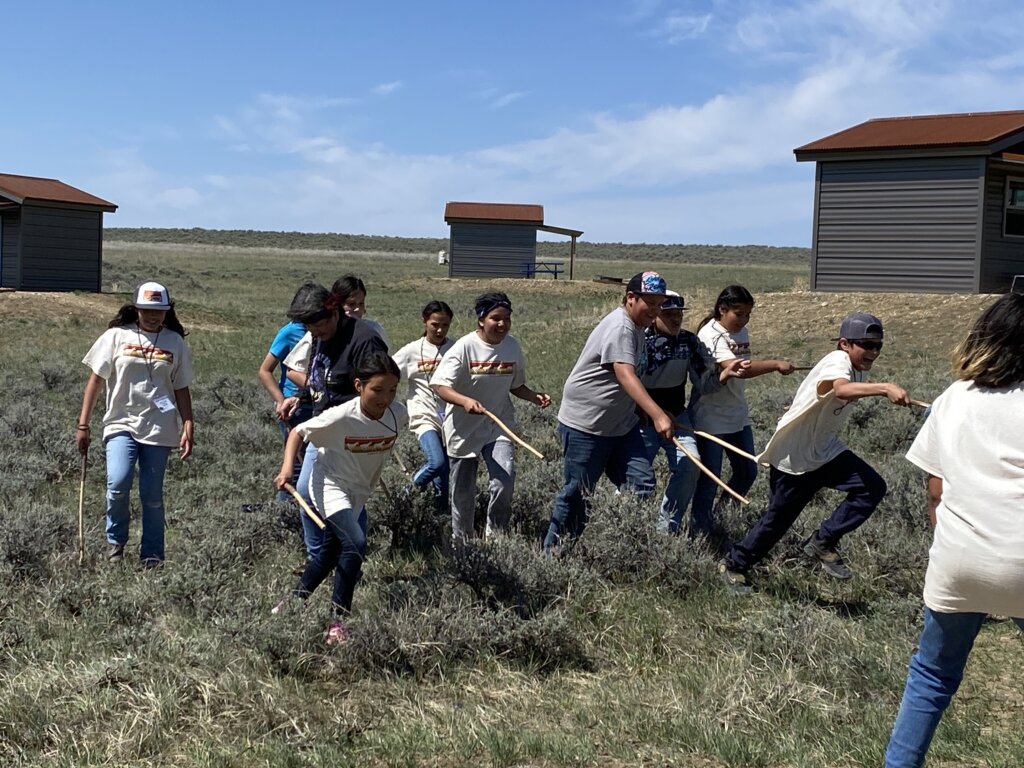
From the Field School
Embracing Tradition: Learning Native Games in the Great Outdoors
As the seasons shift and nature begins to awaken, the American Prairie Field School is buzzing with excitement as it enters its third season.
The American Prairie Field School is an overnight, outdoor school at the intersection of nature, culture, and education. It is offered to Montana middle school students, who spend 2 nights and 3 days at our campground on the prairie, learning about the animals and plants that inhabit this unique ecosystem. The curriculum is primarily focused on prairie ecology, including the cultural knowledge and traditions of the Indigenous Peoples who lived and still live on the Northern Great Plains. At the Field School, students hike, watch animals through binoculars, learn how to collect research data, stargaze, and learn about the many uses of medicinal plants; however, of all our teaching topics, learning about and playing traditional Native games is by far the students’ favorite thing to do at the Field School!
One of the most enriching experiences we offer is the opportunity to learn traditional Native games that have been passed down through generations, each carrying with it stories of resilience, community, and connection to the land. At the Field School, the magic happens through experiential learning where students not only connect with the natural world but also with the invaluable cultural heritage of Indigenous peoples. Through our partnerships with local Native communities, we have integrated traditional games into our curriculum, providing students with a unique opportunity to learn and appreciate these age-old pastimes.
In 2023, the Field School hosted 4 different school groups from the Crow Nation, the Fort Belknap community, as well as the Lewistown public schools. Representatives and guides from Aaniiih Nakoda Tours came to each session and taught students about traditional Native games. Aaniiih Nakoda Tours is a grassroots tour company in Hays, Montana that provides tours about the regional and cultural history of the people that live in the Fort Belknap community.
The American Prairie Field School has partnered with Aaniiih Nakoda Tours to provide cultural information regarding native games to the middle school students that attend the Field School.

In our outdoor classroom bordering a prairie dog town at Antelope Creek Campground and amidst the beauty of the prairie, students gather eagerly to participate in these games. Guided by knowledgeable instructors from members of the Aaniiih Nakoda community, who share the stories and meaning from each game, students reflect on the core lessons and diverse traditions of Indigenous peoples across the continent.
One such game is “Double Ball.” In the past, among east coast and plains Indigenous communities Double Ball was played almost exclusively by women, and was commonly known as “the woman’s game.” In the past 20 years, this game has been played by all. Double Ball is a game of skill and agility, where players use sticks to propel a small ball through the air, aiming to score points by tossing the ball over the opponent’s “goal post.” As students engage in this spirited competition, they not only sharpen their hand-eye coordination, but also gain insight into the cultural significance of the game, which often symbolizes concepts like respect, generosity and of course fun!
Through these traditional games, students not only gain a deeper understanding of Indigenous cultures, but also develop a profound respect for the land and its original inhabitants. As they run, jump and compete among the sagebrush, they build friendships with each other, carrying on the timeless wisdom of First Nations.
One of the students remarked that the part they enjoyed most about a game called “rock and fist” was the blanket ceremony, when the final winner displayed care for their community by returning all of the gifts to each of the players. It’s a humbling experience, reminding us of the importance of preserving and honoring these traditions for generations to come. It is our hope at the Field School to honor these ongoing traditions as we lead the way for a more inclusive and sustainable future.
Dusty Rixford
Education Coordinator
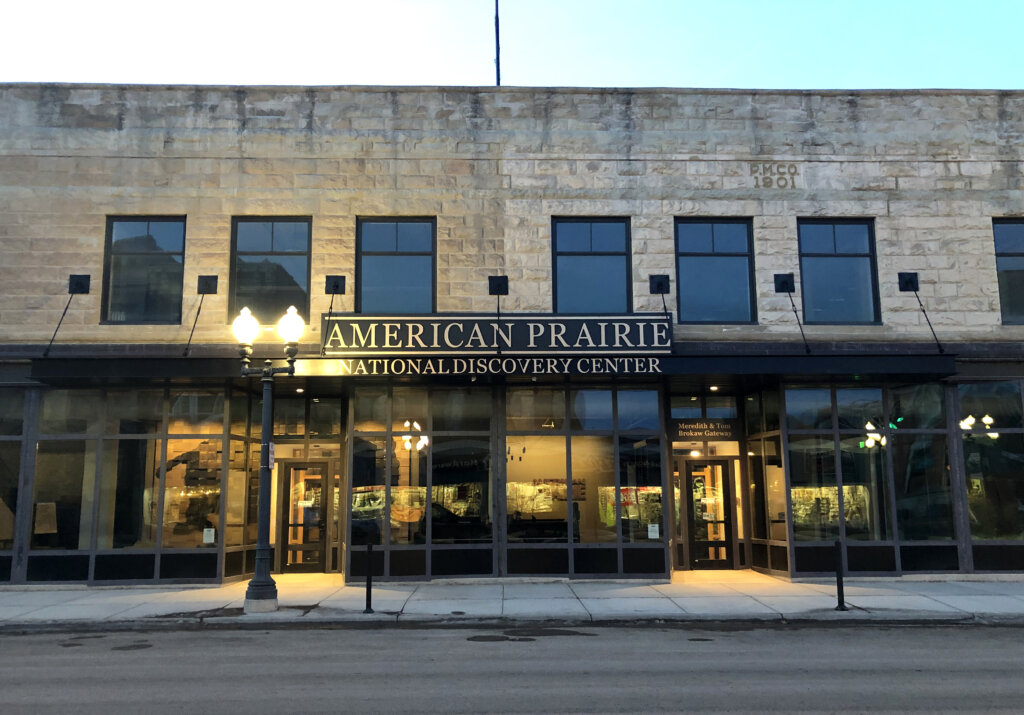
Looking Forward to 2024: Programming at the National Discovery Center
The National Discovery Center’s programming in 2024 is looking to rival or even surpass that of 2023! The scheduling of mission-aligned expert speakers, world-class musical artists, and exhibits on tour is already underway. On January 27, the NDC hosted a concert in the Clyde Aspevig Event Center, featuring Kinan Azmeh, a virtuoso clarinetist who has performed for the UN General Assembly, at Carnegie Hall, Royal Albert Hall, and many of the world’s top venues. In addition to expert presenters and musical talents, we are planning screening events of exciting new films in the Ken Burns American Heritage Theater, such as “Wild Life,” showcasing the life and outstanding achievements of conservationist Kristine Tompkins. And this is just the beginning! Below is a list of the exciting speakers and events already planned for 2024 at the National Discovery Center. Stay tuned as we add more events in the weeks to come, and stay up to date on our website.
-
- ECO-Critters with ZooMontana
April 6, June 1, July 6, August 24, September 7, October 5
ZooMontana staff will bring live animal ambassadors to the National Discovery Center six times in 2024 and offer educational information about prairie animals and other interesting critters from around the world! - 〝Return of the Grizzly〞 Film Screening
May 18
Director and Producer Maaike Middleton and special guest Doug Peacock present a screening of the new film Return of the Grizzly. Narrated by Jeff Bridges, the film explores the role of grizzlies in the ecosystem and today’s world. - Montana’s Eagle Experience
May 25
Paul and Anne Schnell of Montana’s Eagle Experience will bring an array of live raptors to the NDC for a daylong educational and hands-on program. Guests will be allowed to take part in raptor demonstrations and learn about kestrels, eagles, hawks, and other raptors. - Tanner Jorden in Concert
June 11
Tanner Jorden, a young and extraordinary classical pianist who performed at Carnegie Hall at age thirteen, will return to Lewistown for a free public concert! - A Presentation by Staff of the National Black-Footed Ferret Conservation Center
June 22
Kimberly Fraser, Black-Footed Ferret Program Coordinator at the USFWS National Black-Footed Ferret Conservation Center, and Justin Chuven, Recovery Program Coordinator, will present on this endangered species, the use of cloning and other genomic strategies to keep the species alive, and how the ferrets are vital to the prairie ecosystem. A live black-footed ferret will also be on hand! - A Fresh Look at Montana’s Rock Art Utilizing New Technologies with Dr. Larry Loendorf
July 13
Rock art authority Dr. Larry Loendorf offers Lewistown residents a “first look” at his exciting new rock art discoveries near Ryegate, made possible using advanced technologies. - Becoming Little Shell: An Evening with Chris La Tray, Montana’s Poet Laureate
August 30
Chris La Tray, Montana’s Poet Laureate for 2023 through 2024 will be on hand for an exciting presentation and book signing of his new memoir, “Becoming Little Shell.” - The Land We Share Presentation and Book Signing
October 15
The Land We Share focuses on public lands, hunting, and the relationship of hunters with their bird dogs. Meet the authors, Christine Cunningham and Steve Meyer! - Birds of the American Prairie
TBD
This Prairie LEKtures event will include Smithsonian and American Prairie experts speaking on the birds of Central Montana and the American Prairie. This event is “for the birds!”
- ECO-Critters with ZooMontana
Did You Know?
In 2023, nearly 5,500 visitors came to the National Discovery Center in Lewistown to check out exhibits or attend programs. More than 80% of those visitors were from here in Montana.
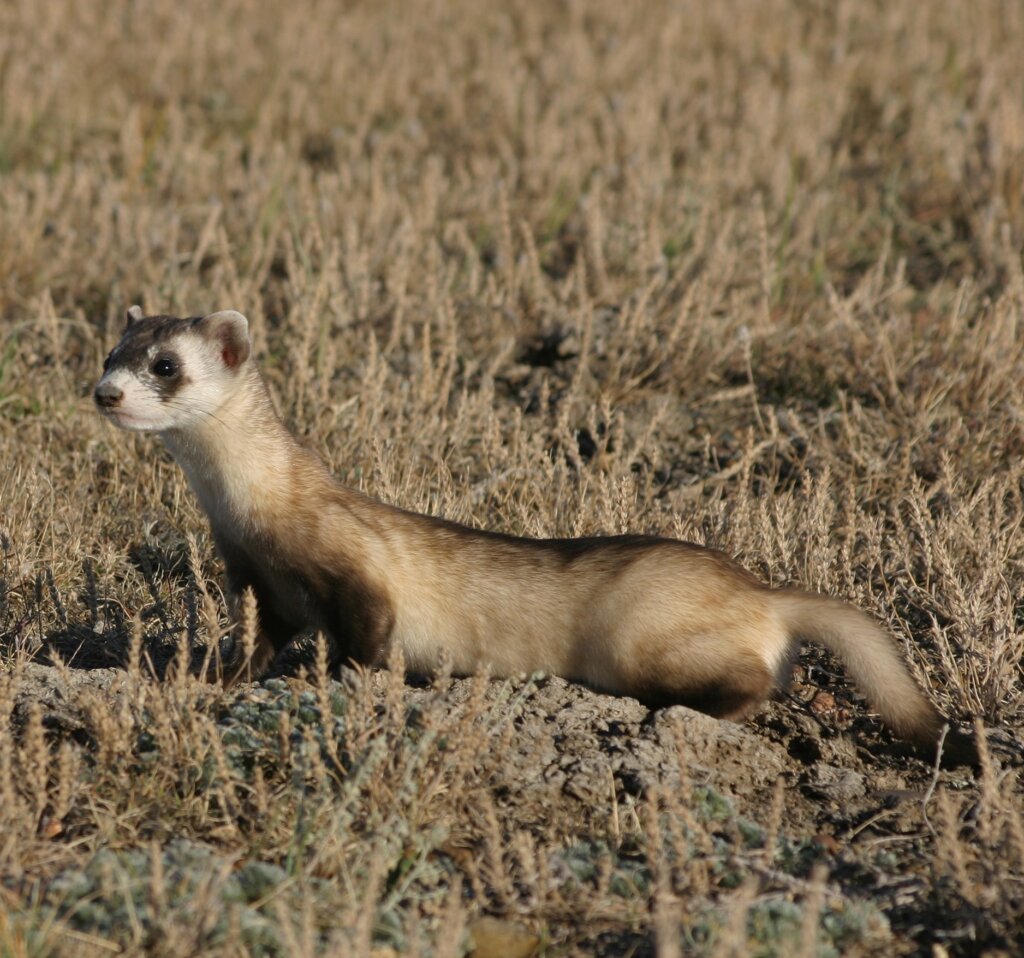

Staff Feature
A Day in the Life of Henry Hvizdos
My name is Henry Hvizdos and I’m a Bison Specialist with American Prairie. The work I do every day is in direct support of our bison restoration goals. My job is both incredibly fulfilling, and offers an opportunity to learn about and observe firsthand the diversity of this dynamic prairie ecosystem.
A large part of my time is dedicated to fence maintenance and repair. Our two bison herds have access to tens of thousands of acres. However, our bison management units are fenced around the perimeter to keep our bison home. These fence lines have been constructed or modified to wildlife-friendly standards to help ease the impact on prairie creatures such as elk, pronghorn, and sage-grouse. Recently, I had an exciting moment seeing that wildlife-friendly fencing in action. On a sunny, mild day in January, while fixing fence on the White Rock Unit, I came across a herd of just over one hundred grazing pronghorn. As I stopped to enjoy the scene, they began to walk away from me – and I watched every single pronghorn slip easily beneath the smooth bottom wire of our fence, which is 18” off the ground. Talk about wildlife-friendly!
Another part of my job is working directly with the bison. Once a year, we gather one of our bison herds into our handling facility for DNA and disease testing to ensure the health of our animals. We accomplish this herd capture using ATV’s, and employing low-stress bison handling techniques and principles. This can take weeks of field time, with hundreds of bison, to build the level of trust and control required to move them in a respectful way that’s safe for them and for the handlers. This level of closeness with the bison reveals a great variety of differences among individuals within a herd. Besides, the smell of hundreds of bison mixed with the pungent odor of sagebrush is a sensory experience not to be forgotten!
Tying these and the rest of my job duties together is the time I spend working in the field. Throughout the year and in almost any weather, you can find me working out beneath the big sky in some of the wildest and most remote country this region has to offer. This has fostered in me a deep connection and respect for this complex landscape that’s always got something to teach.
Want to view this newsletter as a PDF? We’ve got you covered in our Field Notes Archive!
